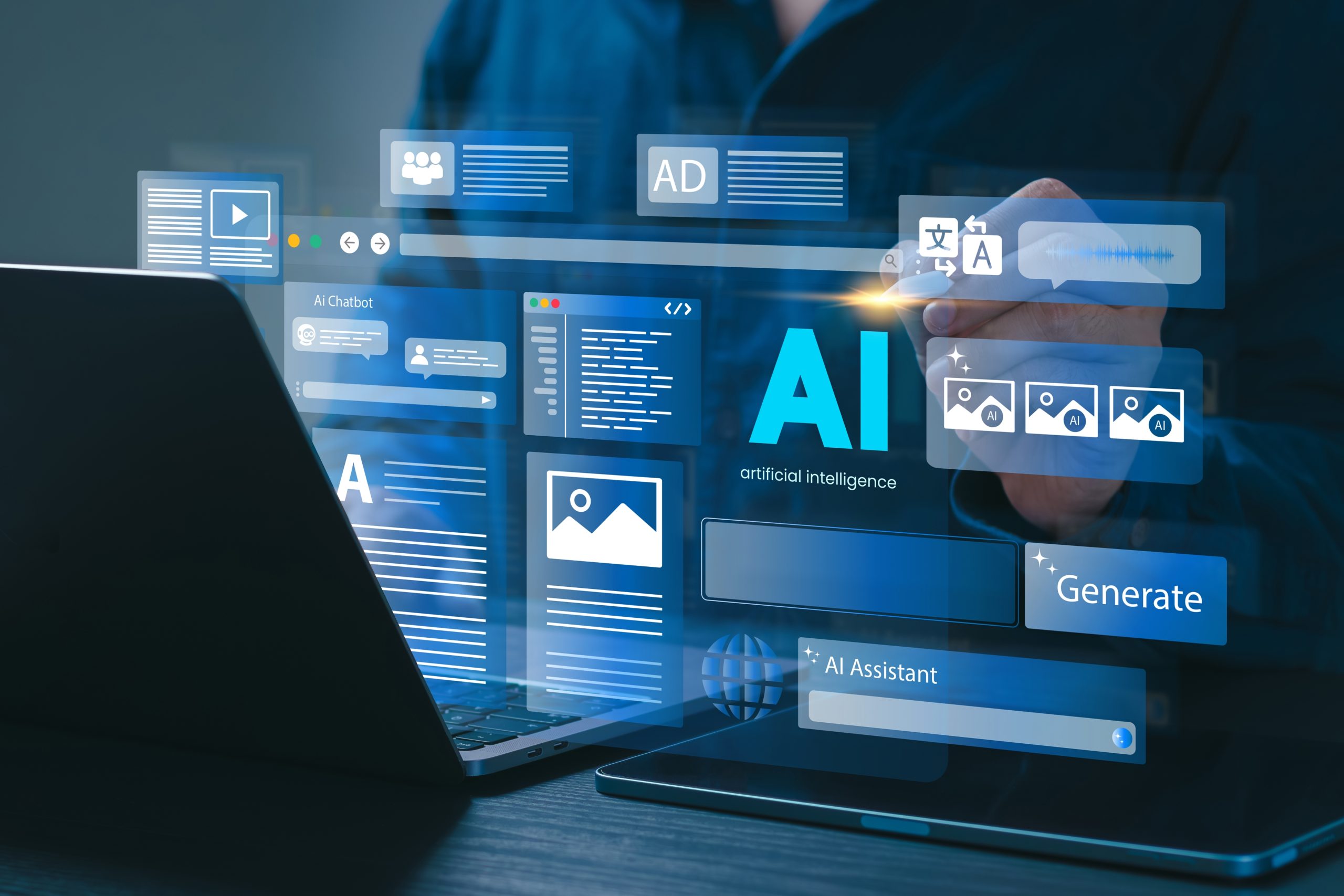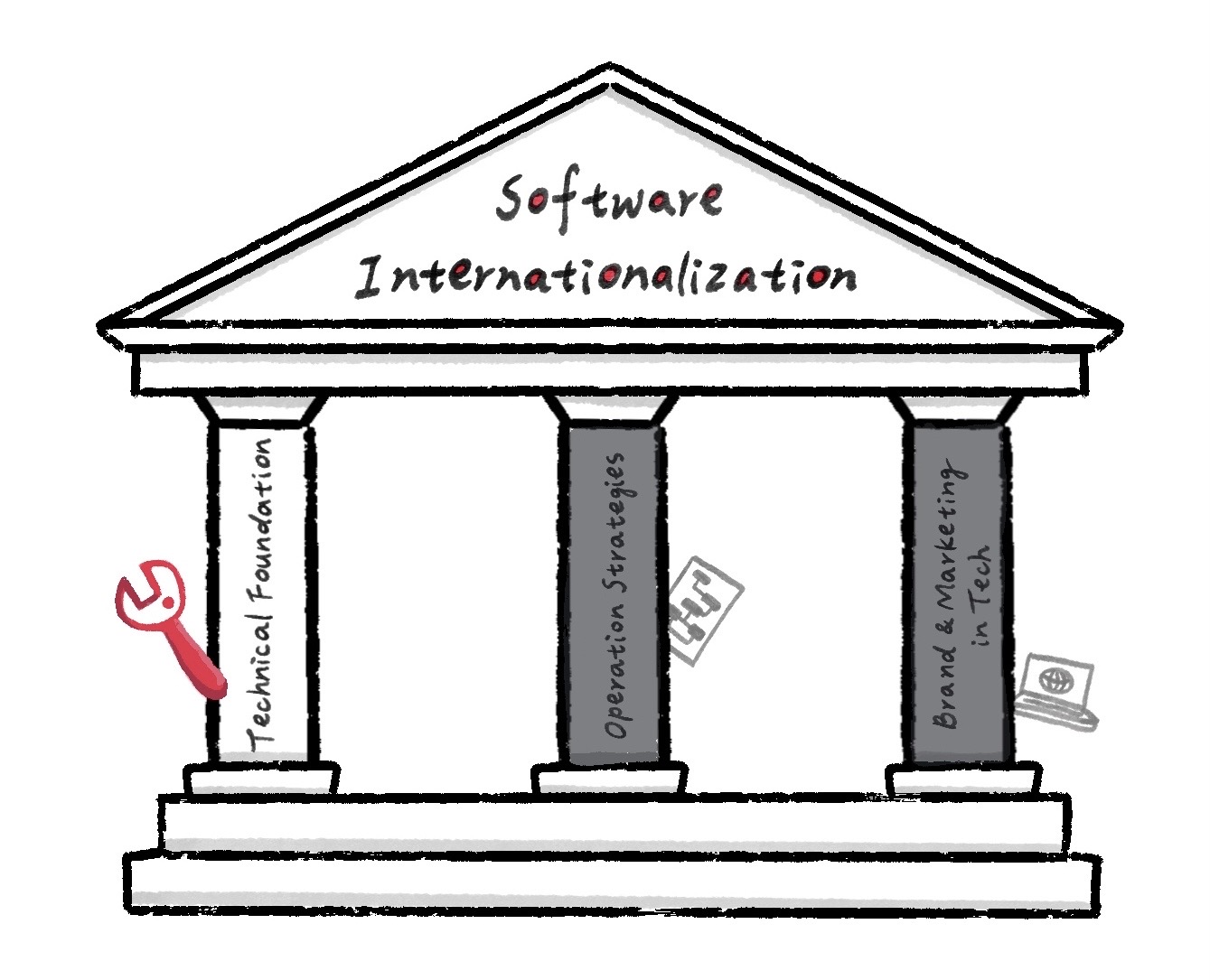AI Translation vs Human Translation Explained: How Human-in-the-Loop and Post-Editing Improve Quality
2025.11.10
The translation landscape has undergone a remarkable transformation after the AI boom. What began as rudimentary machine translation systems that simply swapped words between languages has evolved into sophisticated AI-powered platforms capable of understanding context, nuance, and even cultural subtleties.
This shift from machine translation to AI translation isn’t merely semantic. It represents a fundamental change in how automated translation systems operate. Yet despite these technological leaps, a critical question remains at the heart of every translation project: Can AI truly replace human translation? The answer, as we’ll explore throughout this article, depends largely on your specific needs, the stakes involved, and the type of content you’re translating.
Understanding the AI translation vs human translation debate and when to choose one approach over the other, or how to combine both effectively, has become essential for businesses, organizations, and individuals navigating our increasingly multilingual world. The choice you make can impact everything from cost and timeline to accuracy, cultural appropriateness, and legal compliance.
From Machine Translation to AI Translation: The Evolution of Translation Technology
AI translation, in this article, refers to the use of artificial intelligence technologies to automatically convert text or speech from one language to another. The journey to modern AI translation has progressed through several key stages:
- Rule-Based Systems: Early translation systems relied on manually programmed grammatical rules and dictionaries. These systems were predictable but rigid, often producing awkward, literal translations that missed contextual meaning.
Statistical Machine Translation (SMT): This approach analyzed large bilingual text corpora to identify translation patterns and probabilities. SMT systems could handle more varied input, but still struggled with context and fluency. - Neural Machine Translation (NMT): Representing a major breakthrough, NMT uses neural networks to process entire sentences rather than individual words or phrases. This technology dramatically improved fluency and context awareness, making translations more natural and readable.
- Large Language Models (LLMs): The latest frontier combines translation capabilities with broader language understanding. Systems like GPT-based translators can consider wider context, maintain conversational flow, and even adapt their translation style based on the intended audience or purpose.
This technological evolution has transformed AI translation from a basic word-substitution tool into a sophisticated system capable of producing remarkably human-like results in many scenarios.
Is AI Translation A Good Choice? Pros & Cons
Some users opt for AI translation for the following advantages:
Advantages:
- Speed and Scalability: AI translation can process massive volumes of content instantly, making it ideal for time-sensitive projects or large-scale localization efforts.
- 24/7 Availability: AI translation systems work around the clock without breaks, enabling real-time translation needs.
- Continuous Improvement: AI learns from corrections and updates, improving over time.
- Choice & Flexibility: While adopting AI translation, users can pick models (e.g., Google, DeepL, ChatGPT, Microsoft, custom-trained) that best fit their needs.
Even though AI translation provides benefits, it still has some downsides.
Disadvantages:
- Lack of Cultural Nuance: AI struggles with cultural context, idioms, humor, and culturally-specific references that require deep cultural understanding.
- Context Limitations: While improved, AI still produces errors and hallucinations, especially when the AI models keep learning to blind guess.
- Domain-Specific Challenges: Highly specialized fields like legal, medical, or technical documents often require expertise. No matter how advanced the AI modes are, some errors are inevitable due to their lack of domain-specific expertise.
- Quality Variability: Translation quality can vary significantly. No AI will ever achieve a perfect score of 10/10 because some real-world linguistic needs are simply impossible to replicate, regardless of the size of the model or its search and reasoning capabilities.
What’s Next After AI: Human Bridges the Gap Between AI Efficiency and Human Intelligence

Human translation is the most traditional form of translation service, which relies on human intelligence to interpret and translate written content. Human translation involves hiring language experts or translation service providers with the domain expertise to convert the text from one language to another.
As technology advances, human-in-the-loop (HITL) is becoming a key approach in bridging the gap between AI and human translation. Responsible human review and post-editing make AI translation suitable for professional and mission-critical use.
Pros of Human-In-The-Loop (HITL)
There are numerous benefits of human-in-the-loop (HITL), including the following:
Language Expert
One of the criteria for becoming a translator is that you must be an expert in both the source and target languages. HITL ensures clients always receive quality translation and stay on top of trends as well as help AI improve over time.
Better Domain Knowledge
With good domain knowledge and an understanding of content purpose, human translators can collaborate with AI and improve the translated content to help customers face challenges and achieve their goals. For example, they can help content authors avoid over-reliance on AI and identify how the target audience can best use information in their languages through the translation process.
Cultural Sensitivities
AI translation is not proficient in picking up cultural connotations like taboos, idioms, or figures of speech that are mainly understood in a particular language. But a person who has been taught the language already knows what can be considered taboo or slang in the culture and can always use the right ones to connect with their audience.
Up-to-Date Translation
Translation is not just about having a means of recreating your content; it is also about connecting more with your audience, and this is one of the things you get from adopting HITL—human translators are always aware of the latest trends of languages. AI models are not able to pick up the trends before the most urban languages become part of their database—at that time, the yearly catchy slangs might have gone off trend. With the integration of human knowledge and AI, these engaging translated pieces can be done in a timely manner or on ad-hoc requests.
Comparison Table: AI Translation vs. Human Translation vs. Human-in-the-loop (HITL)
| Aspect | AI Translation | Human Translation | HITL |
| Quality | Depends on the models, language and source text (domain and writing quality) | Very high-quality, target audience-oriented | High quality with AI results and human corrections |
| Speed | Very Fast | Slow. | Fast |
| Risk | Higher | Lower r (legally legitimate) | Lower |
| Learning & Improvements | Improves with internet and training data | Static (depends on translators) | Improves with human feedback |
Making the Right Choice
The AI translation vs human translation debate isn’t about choosing sides; it’s about understanding when each approach delivers the best value for your specific needs. While AI translation excels at speed, volume, and cost-efficiency for routine content, human translation remains indispensable for high-stakes projects where accuracy, cultural nuance, and brand consistency are paramount.
Linguitronics: Your Tech-Savvy Human Translation Experts
Proud to be powered by people, Linguitronics is a professional language service provider that excels in not only human translation but also various translation technologies. We work with experienced linguists and adopt the latest technologies to ensure translation quality; we’ve been committed to providing a translation service that enables your business to communicate across cultures effectively.
Our expertise extends beyond traditional translation services. We understand that in today’s competitive global marketplace, success depends not just on accurate translation, but on strategic Language Asset Management that builds long-term value for your organization.
The Strategic Value of Language Asset Management
At Linguitronics, we emphasize the importance of Language Asset Management as a long-term investment that increases accuracy, consistency, and cost-efficiency. Rather than treating each translation project as an isolated task, we help you build comprehensive language assets, including:
- Professional terminology databases tailored to your industry
- Translation memories that capture your brand voice
- Style guides that ensure consistent messaging across markets
- Quality assurance frameworks that maintain standards over time
Long-Term Investment, Greater Value
We acknowledge that human translation may initially involve higher costs, including project management, terminology database setup, and quality control systems. However, proper planning and strategic language asset management lead to significantly greater long-term value through:
- Reduced costs on ongoing projects
- Shorter turnaround time with established databases
- Consistent brand messaging across all markets
- Improved quality and reduced revision cycles
- Compliance with industry standards and regulations
You can check this post to learn more about how Linguitronics maintains the languages assets for our clients and maximizes your translation investment.
Human-in-the-Loop of Comprehensive Language Solutions
On top of our expertise in human translation, we have been investing resources in researching and training machine translation engines to offer hybrid solutions when appropriate. This comprehensive approach ensures we can recommend the optimal translation strategy for each project.
Whether you need immediate AI-assisted translation for high-volume content, HITL as a hybrid solution for professional and mission-critical use or specialized human translation for mission-critical documents, Linguitronics has the expertise and technology to deliver results that drive your global success.
If you’re still evaluating your translation strategy or want to learn more about building valuable language assets for your organization, don’t hesitate to contact Linguitronics. We’d be more than pleased to provide you with our insights and help you develop a translation approach that grows with your business.
Contact Us Now
More Insights

How to Prepare Software for I18n – Pillar I: Technical Readiness Checklist

Language Assets: Digital Assets are a Necessity in Today’s Globalized World

